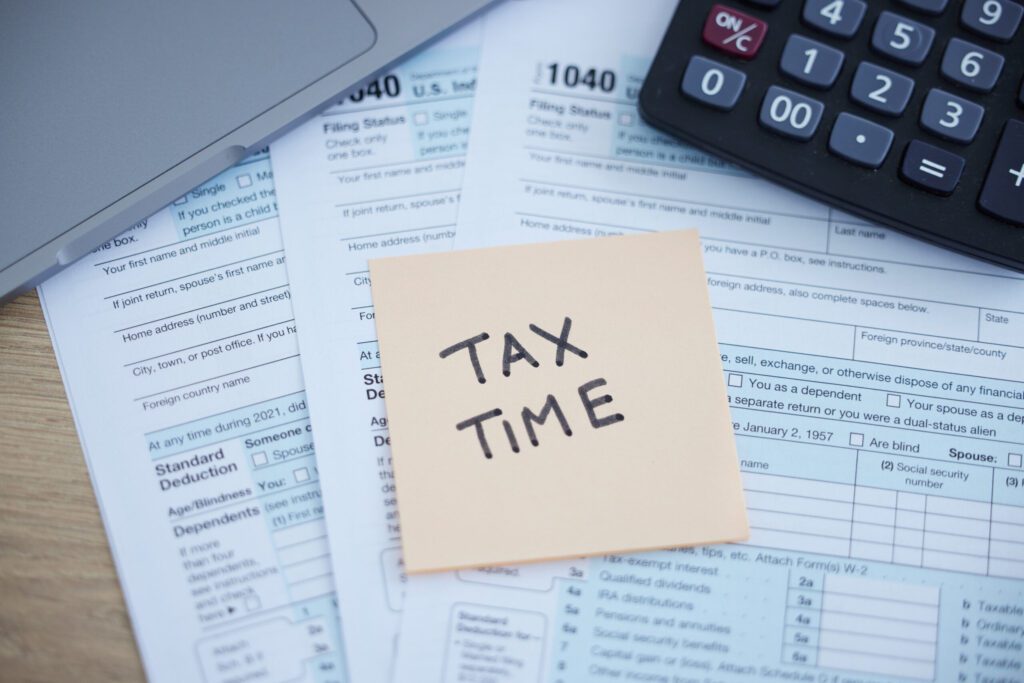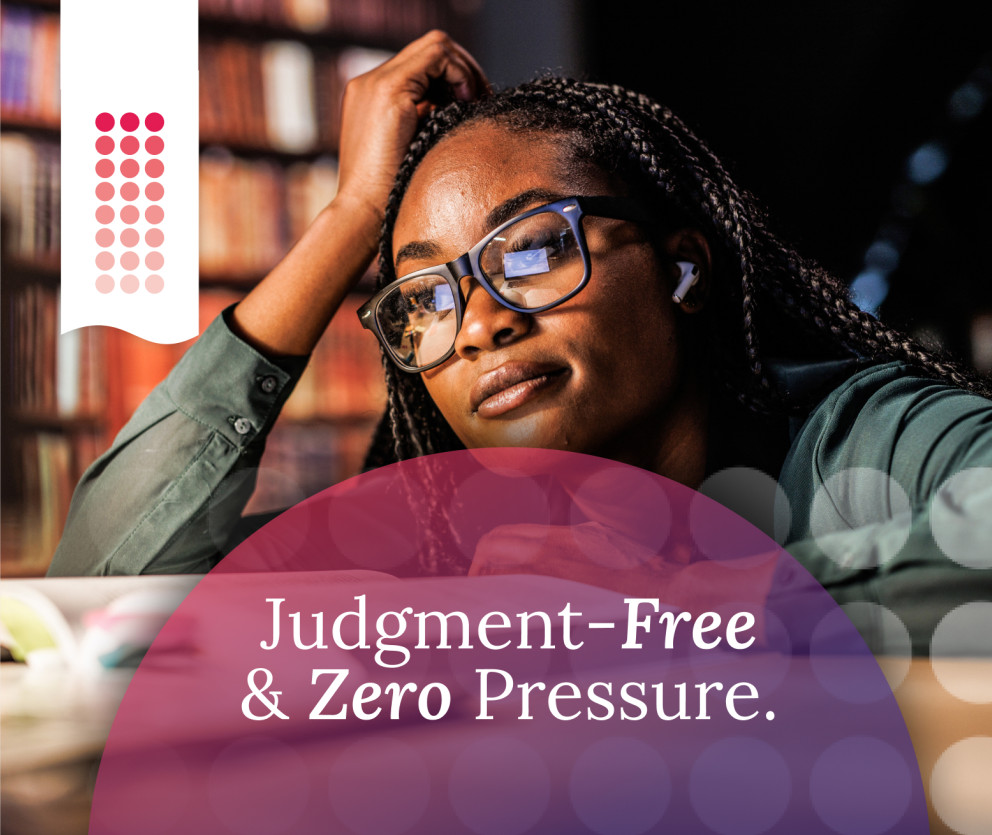In the world of personal and business finance, loans play a crucial role in helping individuals and companies to achieve their financial goals. One type of loan that is commonly used in Canada and around the world is the revolving loan. But what exactly is a revolving loan, and how does it work in Canada? A revolving loan is a line of credit that you can borrow against and pay down time and time again, like a credit card or a home equity line of credit (HELOC). It allows you to borrow, repay, and reborrow against the same line of credit repeatedly. In this article, we explore the concept of revolving loans, their characteristics, and their significance in Canada’s financial landscape. By understanding the difference between revolving debts, instalment debts, and lines of credit, you can understand the types of financing option available and understand which might be best for your circumstances.
What is a revolving loan?
A revolving loan, also known as a revolving credit facility, is a type of loan that allows borrowers to access funds on an ongoing basis up to a predetermined credit limit. Unlike traditional term loans, where you receive a lump sum upfront and make fixed monthly payments over a set term, revolving loans provide flexibility in borrowing and repayment. Typically, revolving loans can only be re-borrowed if:
- Certain conditions are met – e.g. making your minimum payment each month
- The outstanding revolving loan amount is less than the combined commitments of all the revolving lenders
What are the key characteristics of a revolving loan?
Here are some of the key features of a revolving loan, which may differentiate it from other types of loan:
- Credit limit – when you are approved for a revolving loan, you are assigned a credit limit that represents the maximum amount you can borrow. This limit is determined by factors such as your credit score, income, and financial history.
- Borrowing flexibility – borrowers have the flexibility to withdraw funds as needed, up to the credit limit. You can access funds, repay them, and then borrow again without the need for a new application or approval.
- Variable interest rates – revolving loans typically have variable interest rates, which means that the interest you pay may change over time based on prevailing market rates. This can lead to fluctuating monthly interest payments.
- Minimum payments – borrowers are required to make regular minimum payments, often based on a percentage of the outstanding balance. These payments cover the interest charges and a portion of the principal balance.
- Revolving structure – as you repay the borrowed funds, the available credit balance is replenished. This allows borrowers to have a continuous source of funds for lots of different purposes.
What are some examples of revolving loans in Canada?
Here are some common types of revolving loan you might come across in Canada:
- Credit cards – probably the most famous form of revolving credit in Canada, cardholders are assigned a credit limit and can make purchases up to that limit. Monthly statements show the balance, minimum payment, and interest charges. Cardholders can choose to pay the full balance or make a minimum payment, with interest charged on the remaining balance.
- Lines of credit – personal lines of credit and business lines of credit are another common form of revolving loan in Canada. These credit facilities provide access to funds as needed, and borrowers can use the money for various purposes, like home improvements, debt consolidation, or working capital for businesses.
- Home Equity Lines of Credit (HELOCs) – HELOCs are secured revolving loans that allow homeowners to borrow against the equity in their homes. They are often used for major expenses, such as home renovations, education, or debt consolidation. HELOCs usually have lower interest rates compared to unsecured credit options.
- Business credit lines – Canadian businesses often use business credit lines to manage cash flow, cover operational expenses, or seize opportunities for growth. These credit lines are tailored to the specific needs of the business and are a valuable financial tool for entrepreneurs.
How do revolving loans work?
With revolving loans, you are typically given a credit limit which is the maximum amount that you can borrow from. Each time you borrow or buy from the account, your credit amount will be reduced. At the same time, each time you make a payment, you will regain that credit space to use again for other purposes. Revolving loans are often open ended, so there is no limit on how long you can use it. You simply need to keep the account open and in good standing to be able to continue to use it. This means making payments on time, and covering the minimum payment required. The balance of your revolving loan will likely shift month to month depending on how much of the credit you use each month.
How do revolving loans impact your credit score?
Revolving loans can impact on your credit score in lots of ways. Making regular payments on revolving loans – ideally in full – can strengthen your credit score, while missing payments or not making the minimum payments can have a negative impact. You should also be conscious of your credit utilization rate, which makes up a large portion of your credit score. You want to keep this as low as possible – ideally 30% or less of your credit is used at any time. Having a high credit utilization is a red flag that you may be overextended and can have a negative impact on your credit score. Applying for and cancelling credit cards or other forms of revolving loan can impact your credit score, too. Applying for multiple loans at once can result in multiple hard inquiries on your credit report, each of which can have a temporary negative impact.
A revolving loan can provide borrowers a flexible and convenient way to access funds for various purposes. It is, however, essential to use revolving credit wisely, as the flexibility can lead to over borrowing and accumulating debt if not managed responsibly. Book a free consultation with an expert Licensed Insolvency Trustee at Spergel if you are concerned about your financial obligations, payments, and credit utilization rate.


















